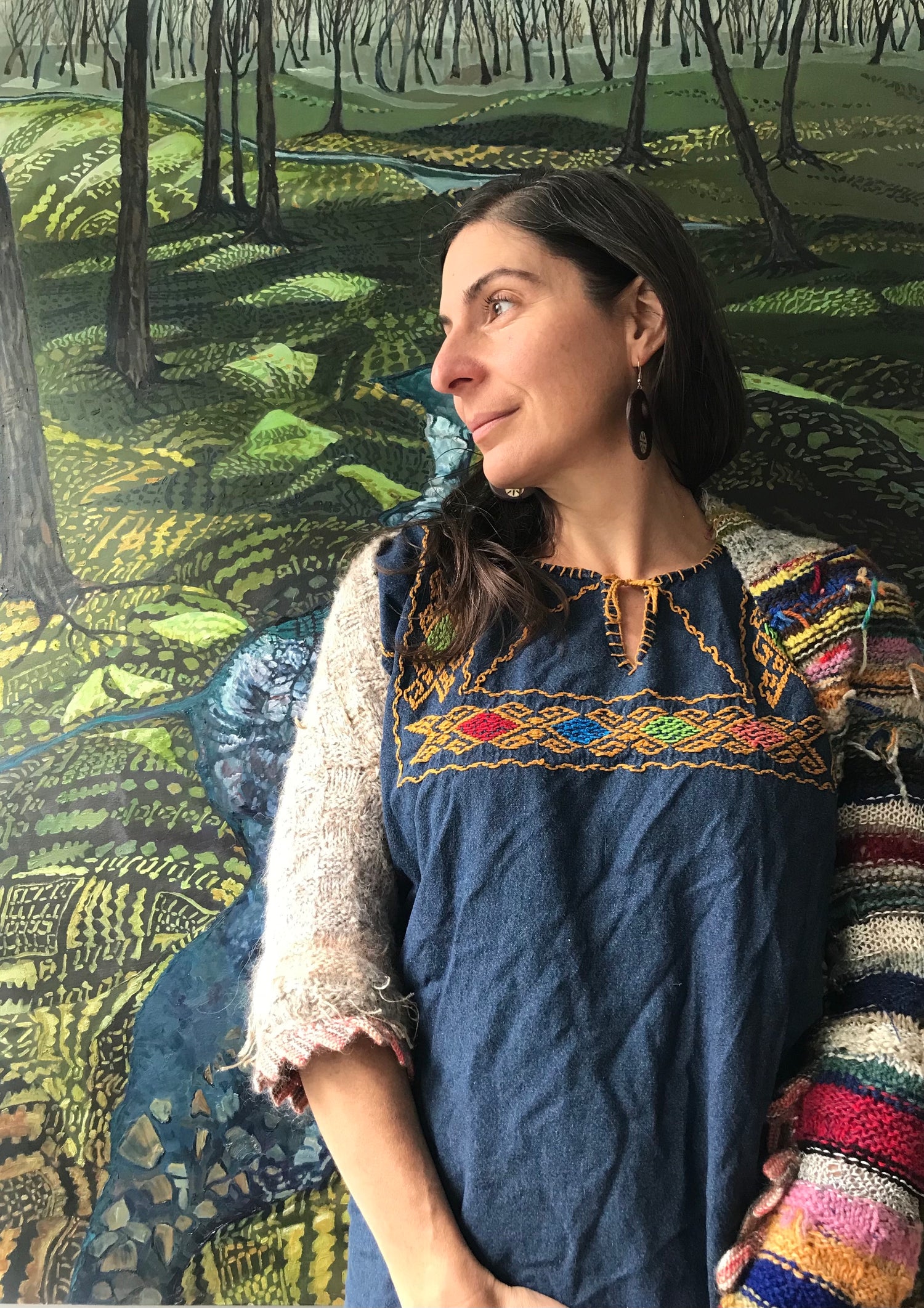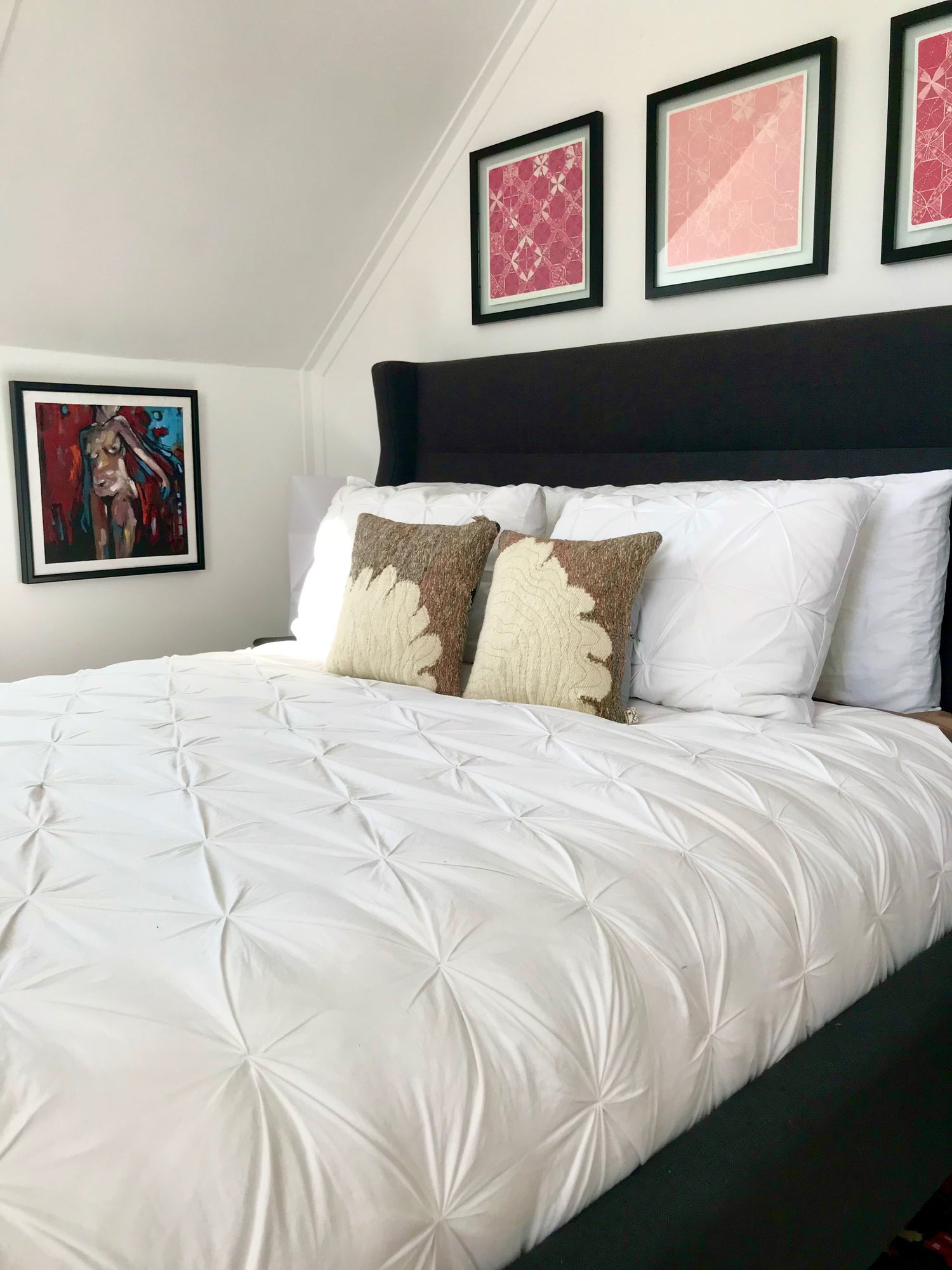We think and talk about making textiles traditionally being a woman's job. Traditional textiles conjure images of pioneer women knitting, embroidery, sewing, and mending at night. Then, I think about the craft industry on the east coast. I have heard New Brunswick made Millville looms were originally constructed for the New Brunswick Craft College. At that time we can assume that most if not all the students in the textile department were woman. I have also heard that at some point Millville looms were given to women as a rent-to-own venture, paying for the loom over time with money made from selling woven products. I have no proof of this, but I love that it is a possibility in our history. In northern NB the Madawaska weavers were in production from the 1950s well into the1970s. The weavers were all women. Even though our production and use for textiles has changed on the east coast, we see production beautiful traditionally woven textiles in Mexico, Guatemala, Thailand and elsewhere. All this weaving is still done by women.
But what was it like in the textile industry? The Paisley shawls- originally from Kasmir, India-made its way to Europe and had a dedicated imitation industry in the 18th and 19th centuries in Paisley, Scotland. This weaving was done in factories with industrialize looms, and as factory jobs they were done by men. I am guessing the Scottish women were responsible for the cloth making for home use while the men went out to the factories to weave the delicate paisley patten. These days, in Varanasi, India, there is a group of men that weave the most beautiful, intricate silk brocade. There aren't any women working in the studios. I am not sure there work places would be factories like we think of them during the industrial revolution, but they produce huge quantities of woven cloth.
From these few examples, It seems that historically the job of weaving cloth was split into 2 categories. Once the industrial revolution started and factories were built, men operated the machines.They were responsible for the production of massive quantities of cloth. While the women stayed home looking after children and creating the everyday textiles for home use, in much smaller quantities. Now that hand weaving is not done out of necessity, but for pleasure, artists can explore experimental methods or use traditional processes to create a very old craft. And I am sure there are as many women as men working in the textile factories producing our everyday items.




